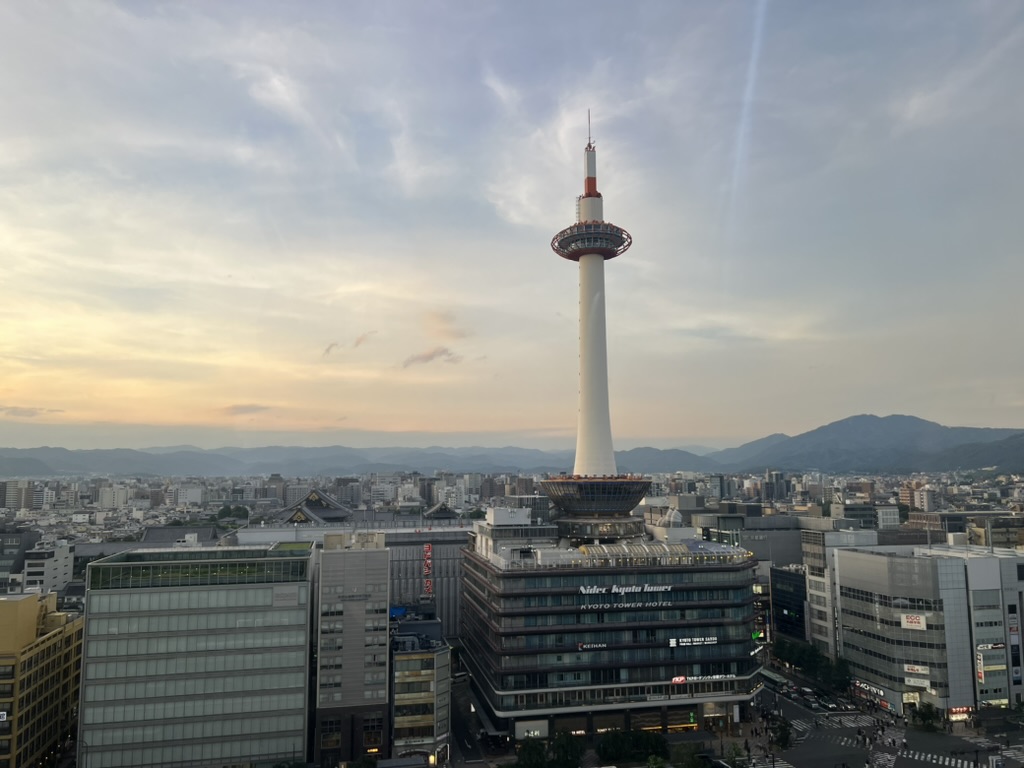Korea and Japan: 2024
I’ve traveled to South Korea many times over the years. Despite having been in Seoul frequently, the total time I’ve spent in the city is still short of a year – barely a few percentage points of my lifetime. Perhaps it’s precisely this consistent dosage of short, concentrated visits that has allowed me to form some of my strongest memories. Being asked in 유치원/preschool to present in front of a class of kids how the United States is different from Korea, I recall panicking and saying that we aren’t forced to eat kimchi in preschool at lunch. A few years later, my grandma taught me how to cast yarn onto knitting needles before letting me contribute a few (incredibly uneven) rows to the scarf she was expertly crafting. It’s the city I took my first solo bus, train, and taxi rides in, getting a taste of independence in a big city in a way I could never experience in my hometown in the US.
My most recent visit to Seoul in the summer of 2024 was different from my past visits in many ways. It was my first time visiting since the Covid-19 pandemic and since graduating high school. It was also my first time visitng with an agenda crafted entirely without my family, and it was followed by a trip to Japan.
What follows is a loose itinerary listing out some highlights from the three and a half week excursion around the cities of Seoul, Tokyo, and Kyoto.
Days 1 - 8 (Seoul, South Korea)
Base
The first week of our travels were based out of Insa-dong (인사동), a lively little neighborhood centrally located in Seoul. It’s known for its pedestrian streets full of restaurants, gallerys, cafes, and stores, some housed in traditional buildings from the Joseon period. We found it to be a fantastic place to stay due to its proximity to multiple subway lines and its many alleyways to explore in the mornings or evenings before and after our main daily activities.
Attractions and Activities
Common tourist activities:
- Gyeongbokgung Palace
- Bukchon Hanok Village
- Seoul Forest
- Namsan Seoul Tower Cable Car + Namsan Seoul Tower
- Myeongdong Night Market
- Bukhansan National Park
- National Museum of Korea
- Dongdaemun Design Plaza (DDP)
Additional recommendations:
- 온지심: A cute bagel cafe in Ikseondong (near Insa-dong) featuring many fun flavors of cream cheese
-
Attending a baseball game. We went to a LG Twins game at Jamsil Stadium, which is conveniently accessed via the 2 Line, but any would do! The energy of the baseball games is wildly different from those in the States and well worth a visit. Slightly different rules also make for longer games – the one we attended lasted for over five hours – but the intensity of cheering fans and variety of stadium food would be fascinating to any sports enthusiast. (9/2025 edit: the KBO has implemented a pitch clock rule change, which has shortened games slightly.) Tickets can be bought at the stadium but we’d recommend arriving early if it’s a popular game; we bought tickets ~30 minutes before the first pitch and there weren’t many seats left.
- Running along the Cheonggyecheon Stream on a relatively newly developed pedestrian path. Given Seoul’s density, most uninterrupted running paths run along waterways (the Han River being the most popular). Cheonggyecheon is a nearly seven mile long stream that has been converted from sewerage to a concrete expressway to a restored stream and public space. We found it to be a pleasant urban route that stayed noticeably cool, presumably due to the stream and the “sunken” nature situating the stream slightly lower than most city infrastructure.
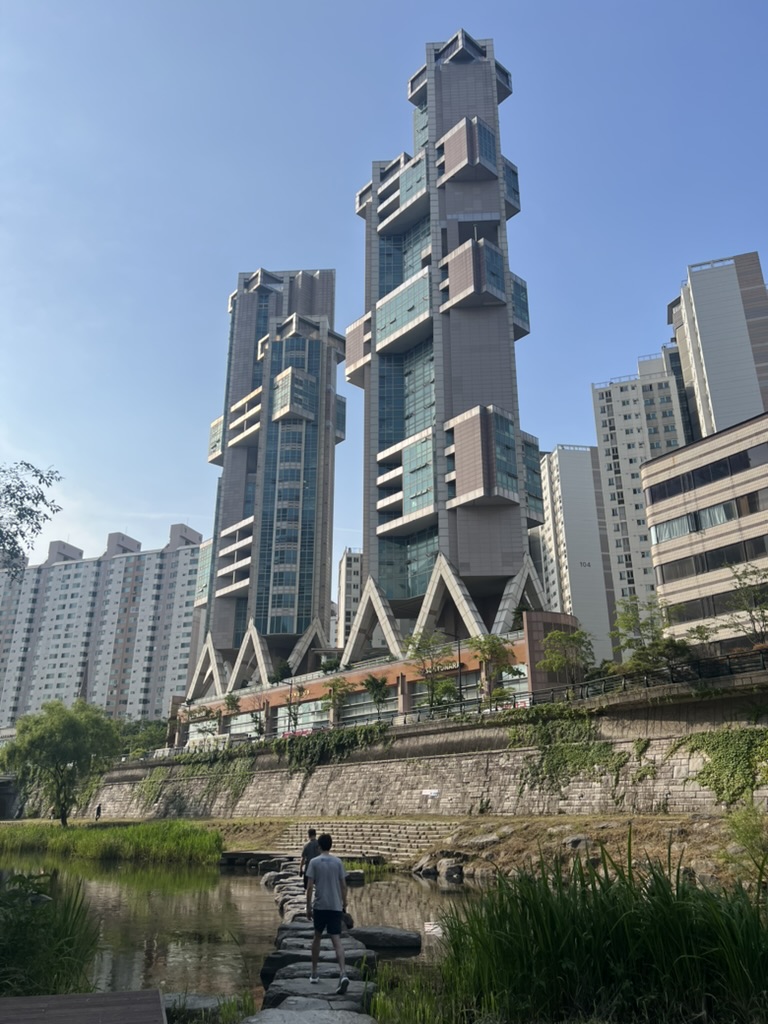
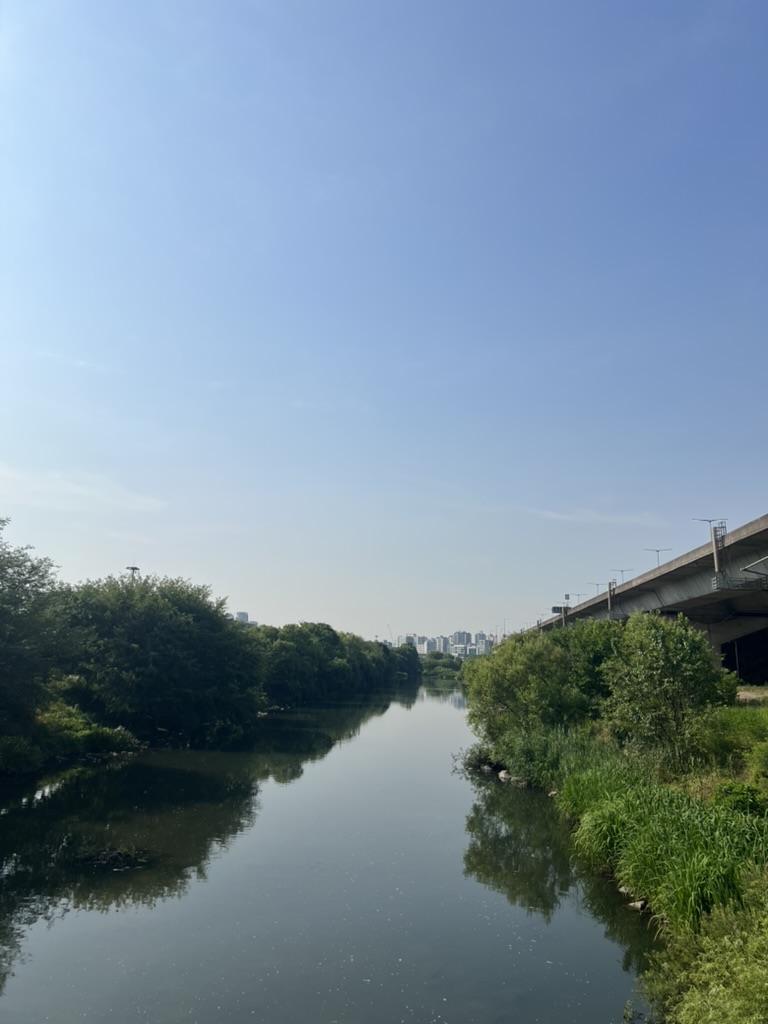
- 꽃밥에피다: A recommended, modern restaurant serving a farm-to-table experience.
- National Hangeul Museum: For anyone interested in the development of the Korean language, this is a small but well designed museum near the National Museum of Korea.
Days 8 - 11 (Seoul, South Korea)
Base
For the last few days in Seoul, we stayed in the Hongdae (홍대) neighborhood. The area boasts at least four universities, including Hongik University after which the neighborhood is named. It is known for its art culture and more recently for street performances, showcasing aspiring K-Pop groups each night at a number of busking sections of the main street. The cafes and clubs draw a younger crowd here.
Attractions and Activities
Common tourist activities:
- War Memorial Museum
- Hwaseong Fortress (수원 화성/Suwon Hwaseong): ~1 hr from Seoul by transit
- Han River
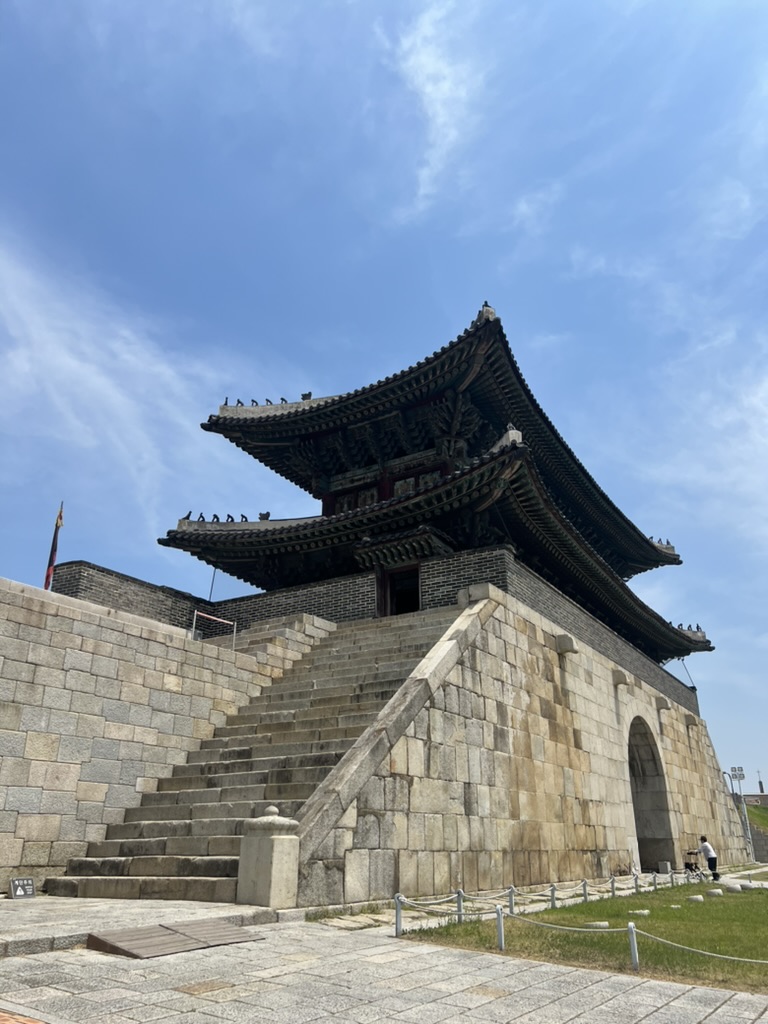
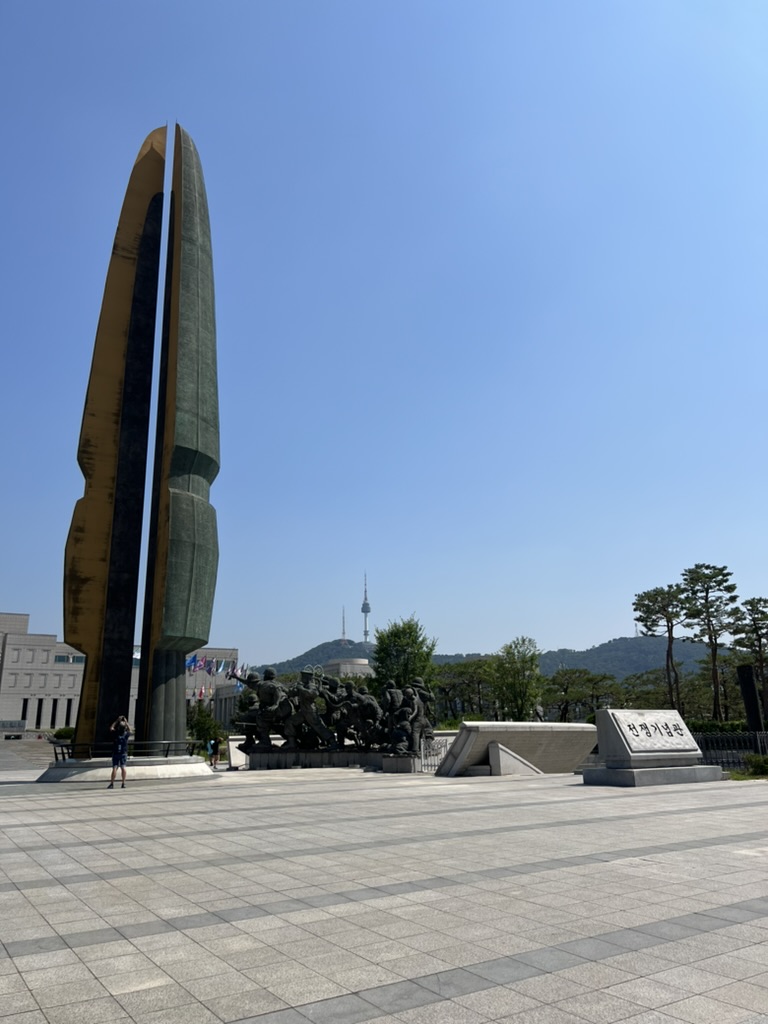
Additional recommendations:
- Namdaemun Market (남대문시장): Not a tourist destination, but an older market I frequented with family growing up. Can feel overwhelming but the variety and quantity of items for sale is impressive.
- 유가네닭갈비 홍대2호점: Any popular place will do, but dakgalbi (닭갈비) is one of the meals I make a point to get each time I’m in Korea.
Days 11 - 19 (Tokyo, Japan)
On our 11th day, we said goodbye to Seoul and took the short flight to the Haneda airport in Tokyo. Unlike Seoul, I’d only been to Tokyo once before for a brief visit, and I had never been to Kyoto or any other cities in Japan. I also don’t know any Japanese beyond a few popular colloquial phrases, which added a layer of complexity. This led to our time in Japan being skewed more towards popular, well-known tourist attractions, but this didn’t stop us from having a fantastic time visiting the country!
Base
We stayed in Shinjuku in Tokyo, mainly to stay relatively central and to experience a few nights of the bustling city environment. This turned out to work quite nicely; most days, we were able to get to the neighborhoods we wanted to explore within 30 minutes to an hour via transit (we loaded Suica cards upon arriving in Tokyo, which we used for all of our transportation except for bullet train tickets).
Attractions and Activities:
- Ichiran Ramen: Upon arriving in Tokyo, it was late, we were tired, and we wanted something quick and easy to eat. Our hotel was close to an Ichiran, and while it wasn’t fast (in hindsight, we should have expected the long lines of tourists in a tourist-friendly area), the chain ramen restaurant was a low-effort, hearty meal. It also ended up serving as a great comparison point for all of the other small, local ramen places we visited throughout the trip.
- Imperial Palace East National Gardens: We spent hours wandering around the Imperial Palace gardens before walking over to the nearby Museum of Modern Art. We eventually came back to the Imperial Palace another day on a jog; there’s a nice ~5km designated loop that follows the moat. There were plenty of runners enjoying the trail, despite the high heat and humidity.
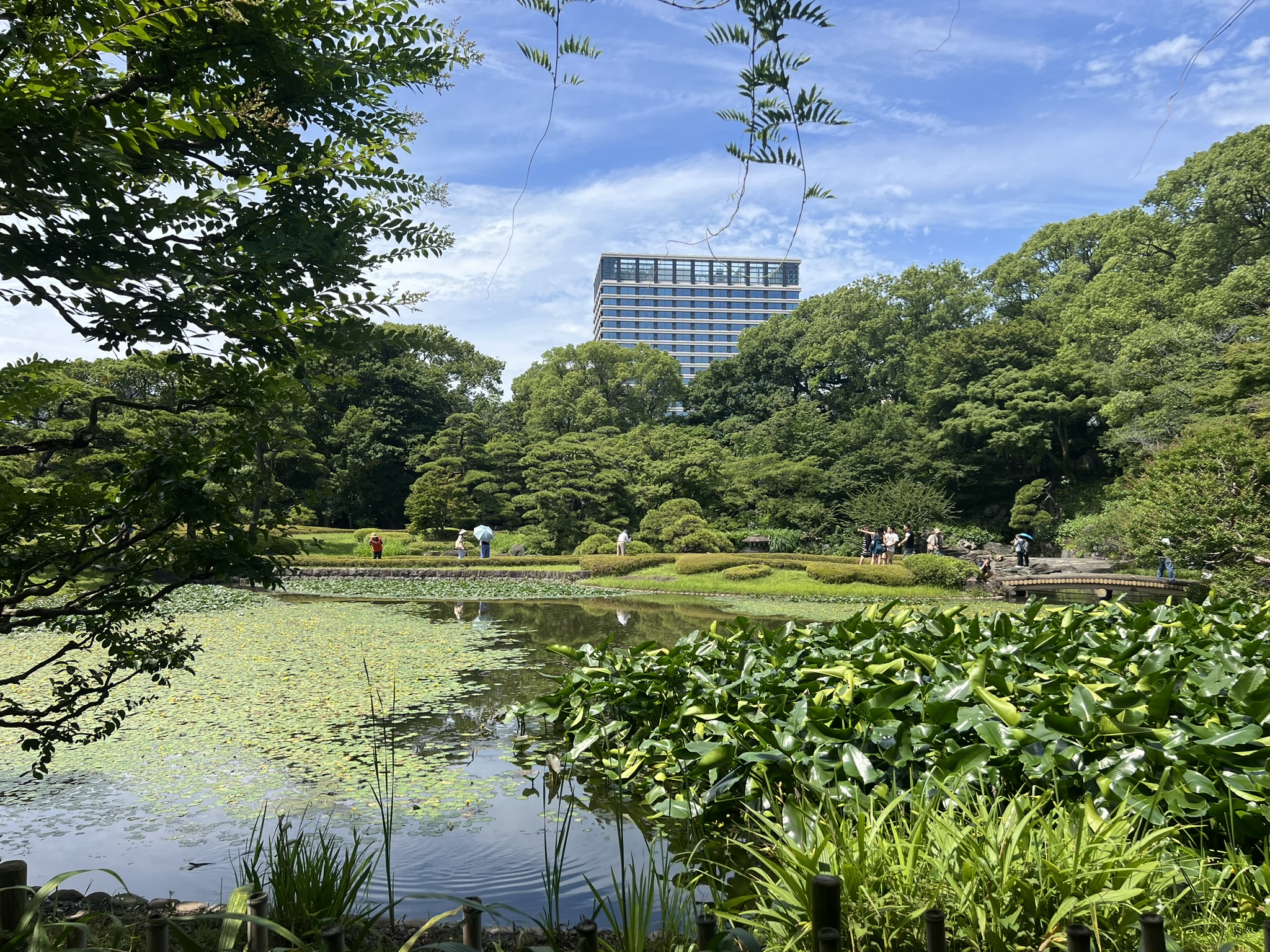
- National Art Center
- Japan Olympic Museum
- Shibuya Crossing
- Meiji Jingu Shrine
- Day trip to Mitaka: Ghibli Museum, Inokashira Park, Kiku Sushi. Getting tickets to enter the Ghibli Museum can be a bit of an ordeal; at the time of our visit, tickets for foreigners were released a month prior and utilized a lottery/waitlist method. The hassle, in my opinion, was worth it. It doesn’t afford quite a “museum” experience, especially if you can’t read Japanese, but it does showcase animated film history and the entire space is incredibly charming. If you have the time, interest, and ability to get tickets, I’d highly recommend a visit. While there, Mitaka offers a peaceful escape from the busyness of central Tokyo. We enjoyed a fantastic meal at a darling little sushi bar Kiku Zushi we stumbled upon. We lucked out that there was a regular customer there who spoke some English and could help translate our conversation with the chef, who told us that the restaurant has been around for over 70 (!) years since being opened by his father.
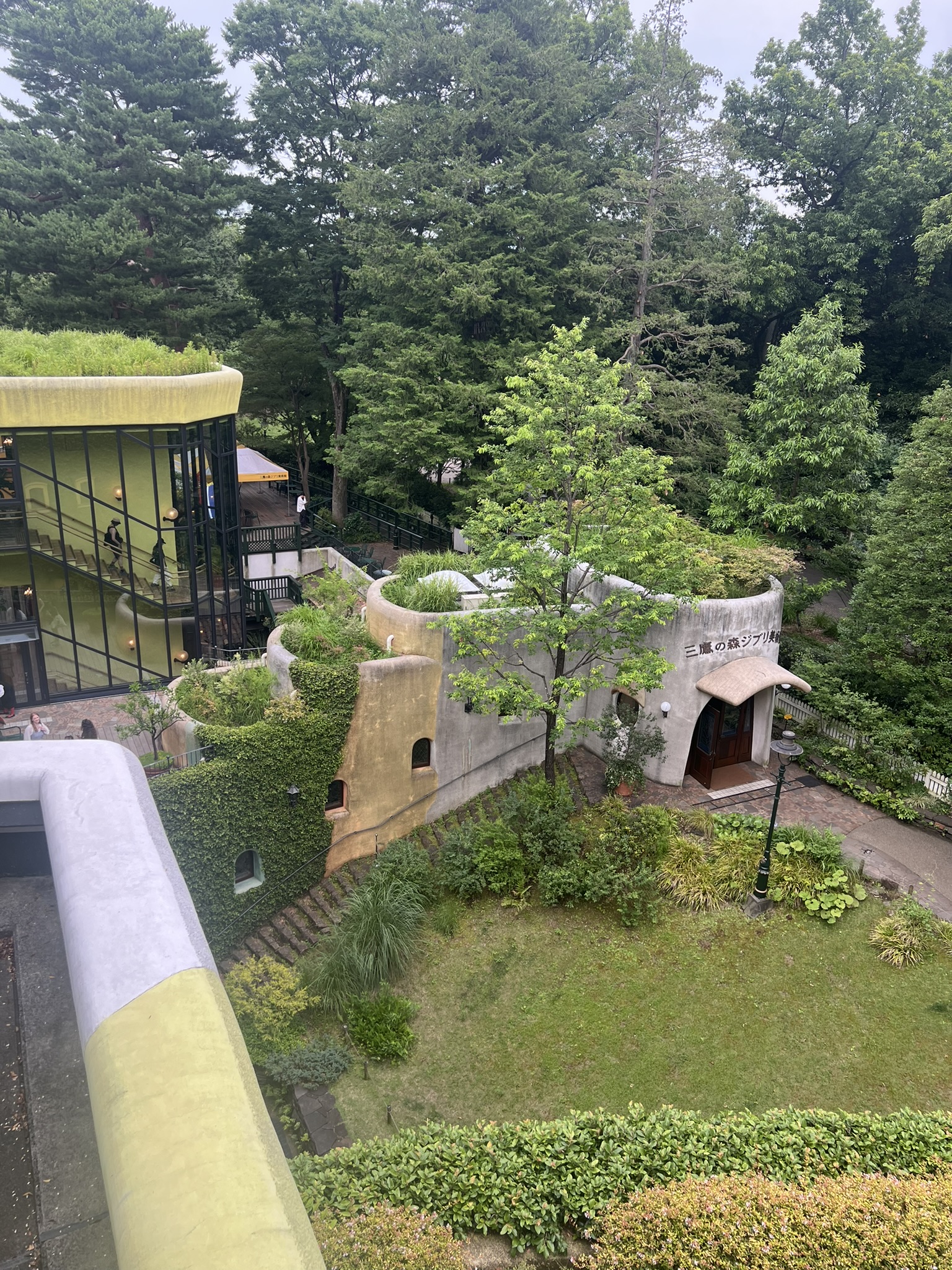
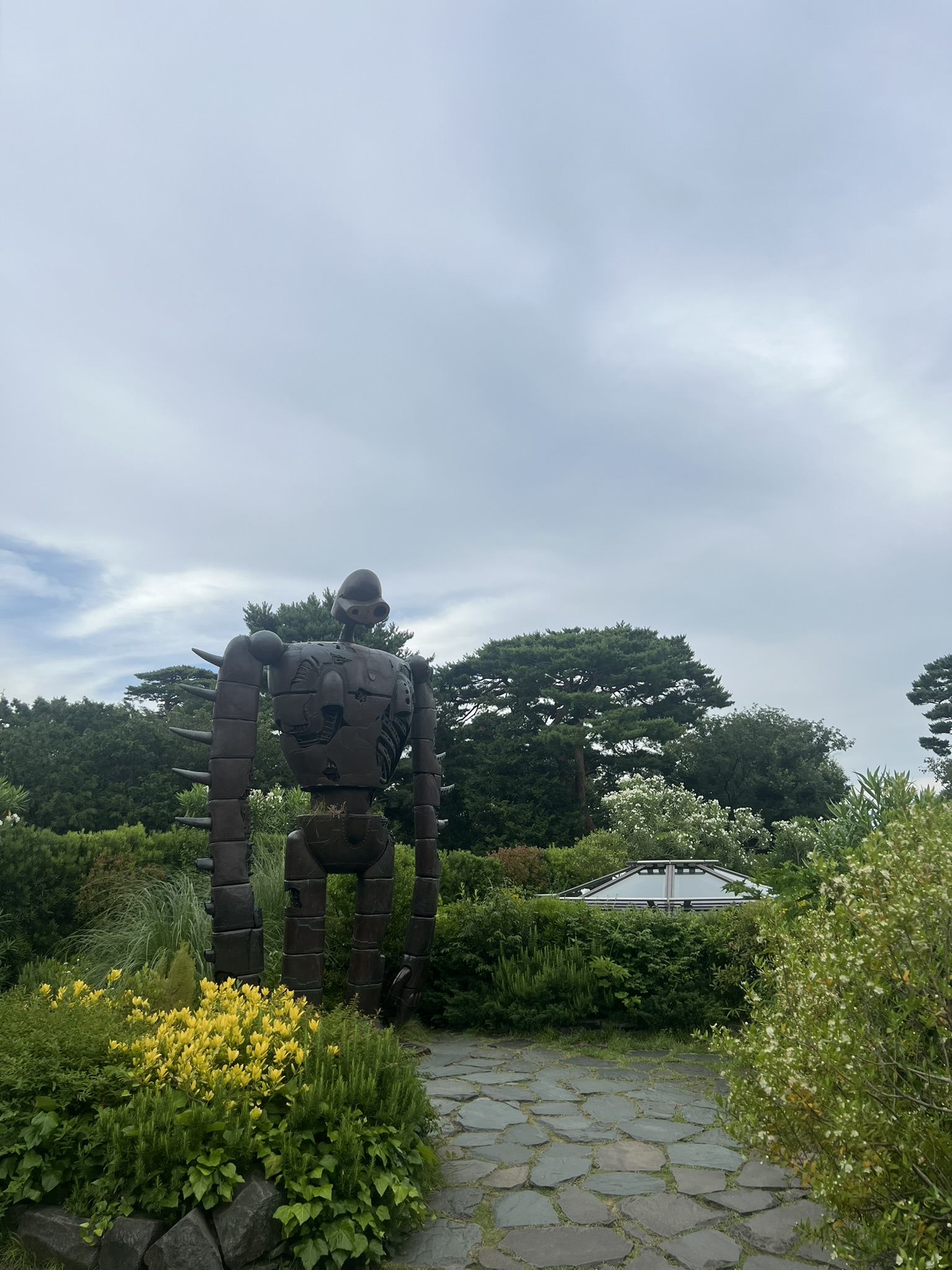
- TeamLab Planets
- Hamarikyu Park
- Tokyo SkyTree
- Gōtokuji Temple (known as “Lucky Cat Temple”)
- Exploring Neighborhoods: Harajuku, Tembabashi, Shibuya
- Tokyo National Museum
- Shinjuku Gyoen
- Batting Centers: I had never swung a baseball bat, so the relatively affordable and low commitment batting centers in Tokyo was a fun way to spend an hour in the evening.
Days 19 - 25 (Kyoto, Japan)
Base
Our last week was based out of Kyoto, Japan, staying roughly halfway between the Karasuma and Kyoto-Kawaramachi stations. From Kyoto, we were able to easily take the train to other cities, including Osaka, Nara, and Hiroshima. We had no trouble buying bullet train tickets at the train stations and felt that buying single-use tickets was affordable, but travel passes may make more sense if you are traveling to many other areas of Japan.
Attractions and Activities:
- Nijo-jo Castle
- Nanzen-ji Temple, Hojo Garden
- Kyoto Museum of Craft and Design
- Garden at Heian-jingu Shrine
- Fushimi Inari Temple
- Day trip to Hiroshima (~2 hours each way from Kyoto)
- Hiroshima Peace Memorial Museum
- Hiroshima-style Okonomiyaki
- Hiroshima Castle and Museum
- Shukukeien Garden (shrunken-scenery garden): A short walk from Hiroshima station, we stumbled upon this garden which features miniature landscapes.
- Day trip to Osaka (~1 hr from Kyoto)
- Day trip to Nara
- Arashiyama
- Kyoto Station: The second largest station building in Japan, this 15-story station features a shopping mall, hotel, many restaurants, and great views of the city.
